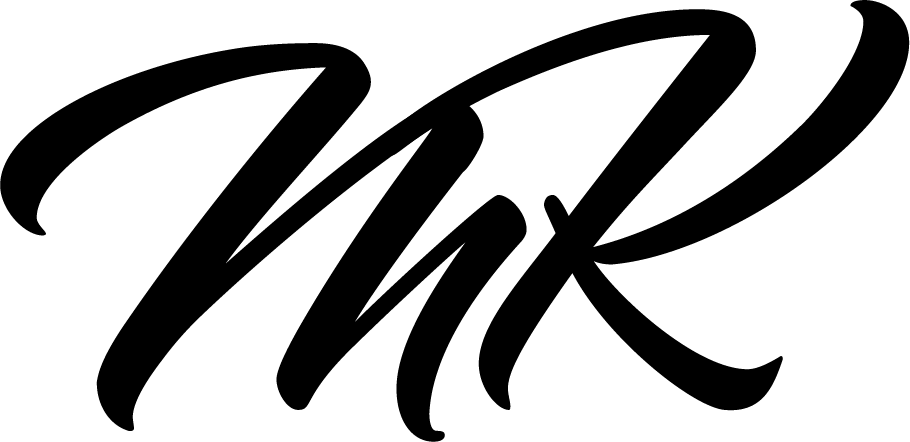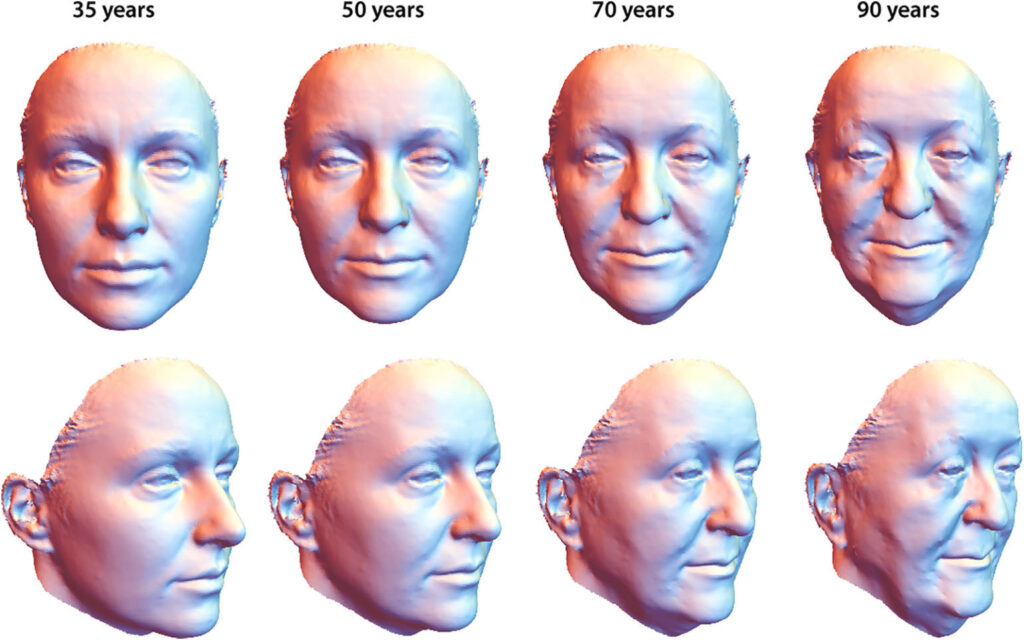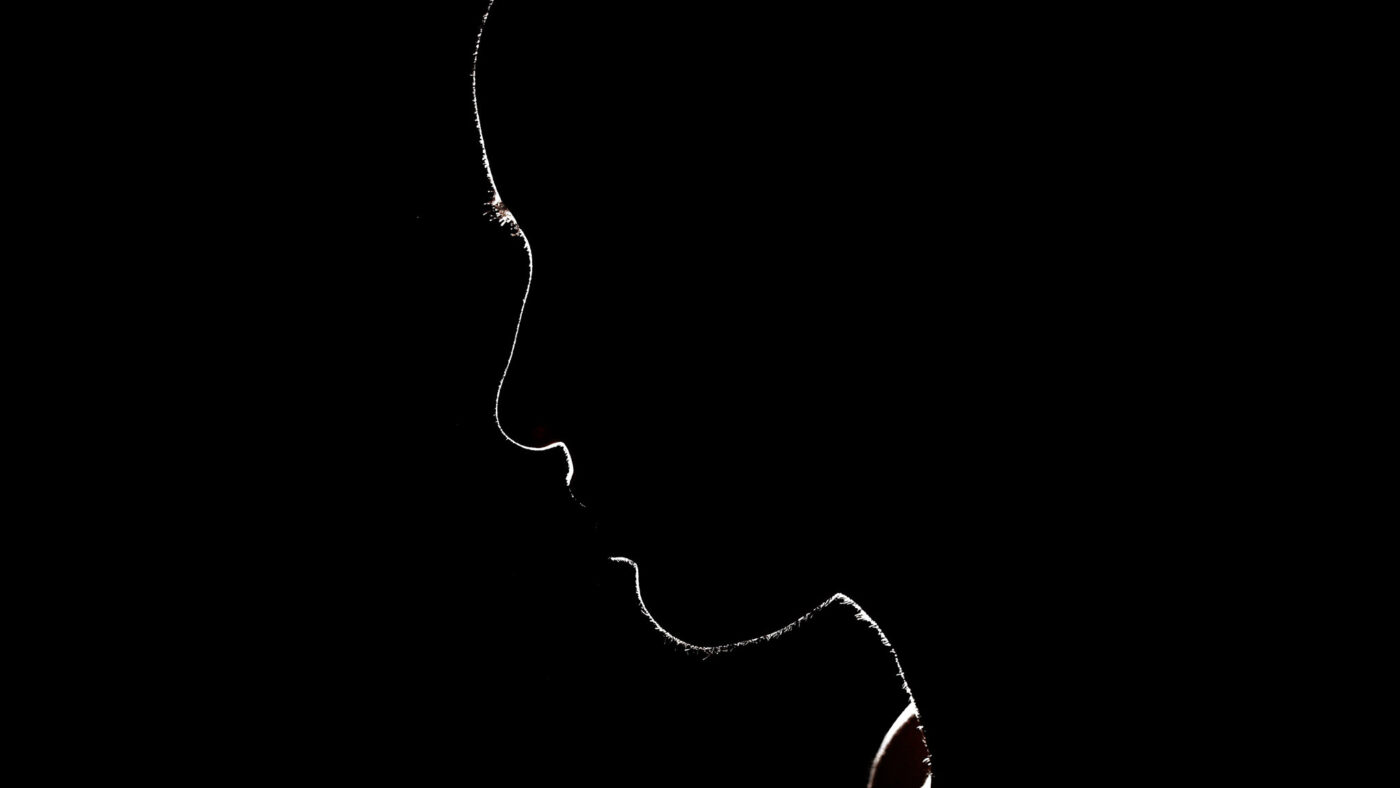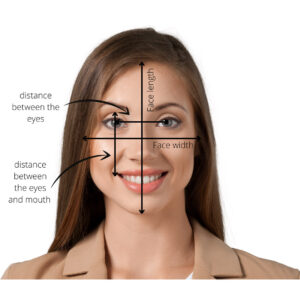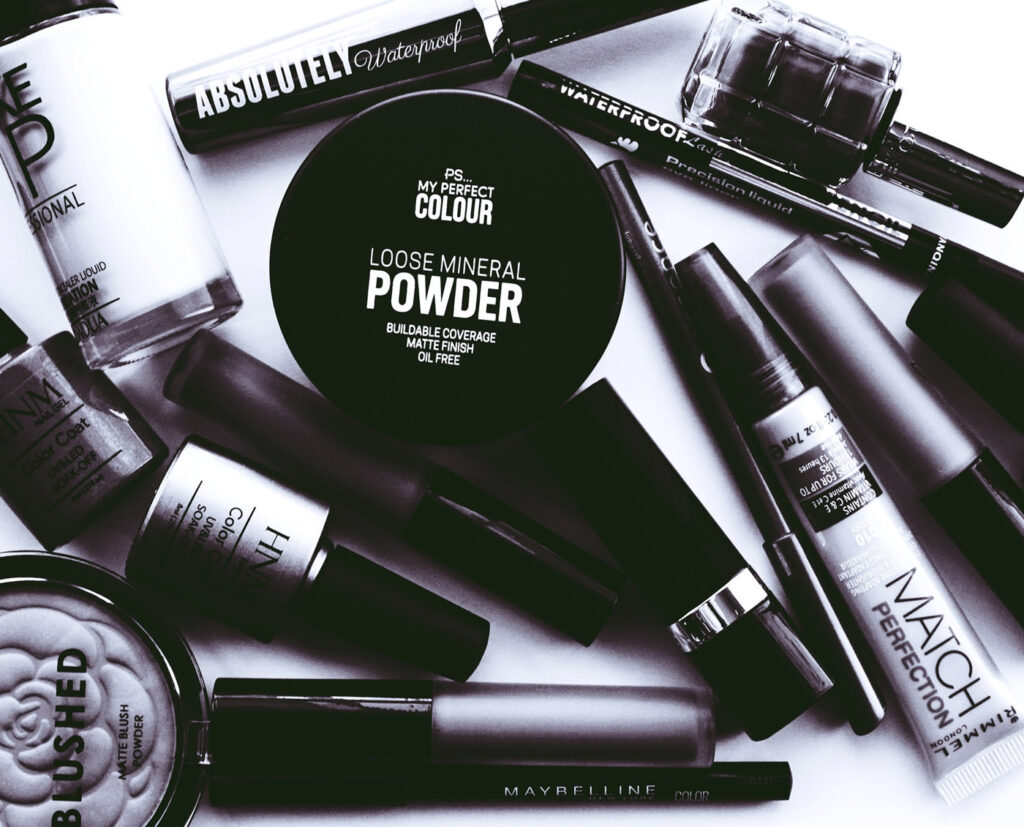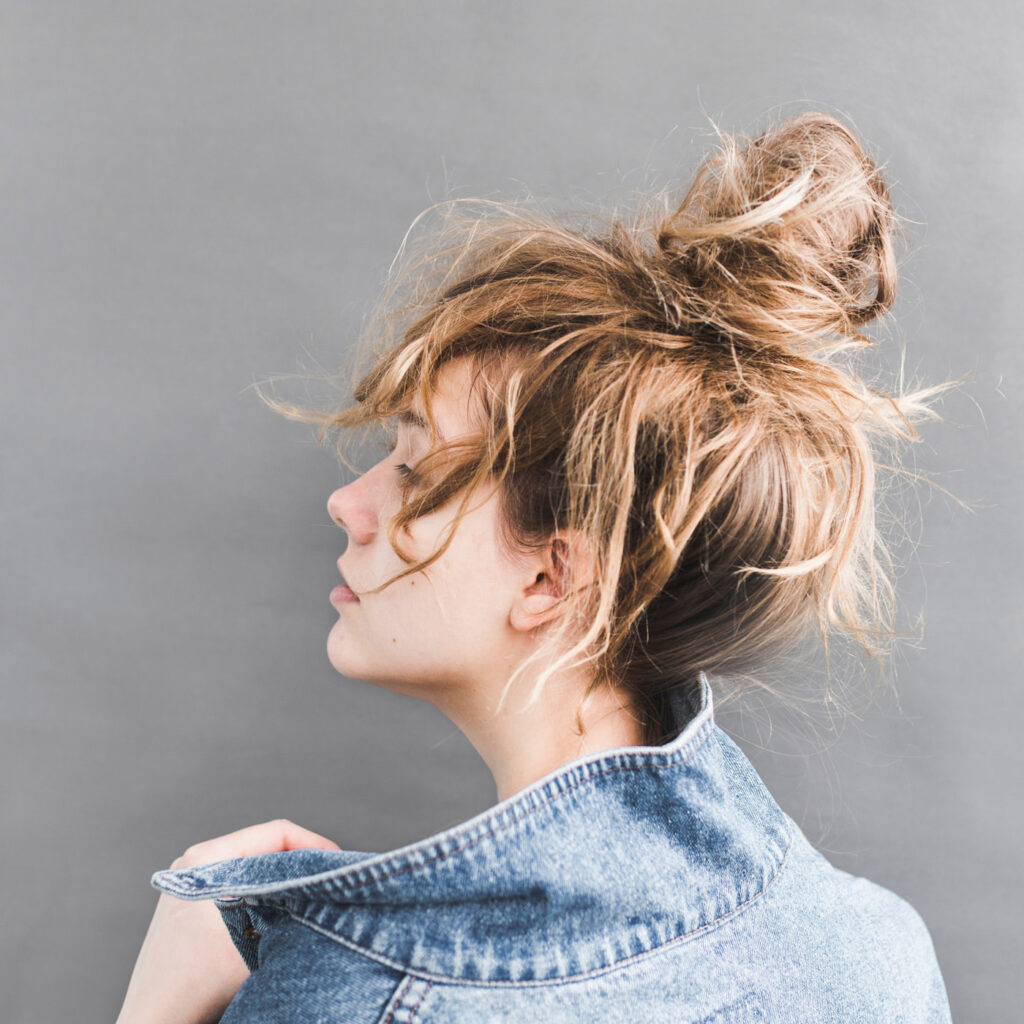
Facial aging is a complex process that involves changes in both soft tissue and bony structures over time. When retouching images, we can manipulate the bone structure and the way light falls on the face using techniques like Dodge & Burn and Liquify.
However, it is important to be clear about whether we are intentionally rejuvenating a model and to avoid creating an unnatural overall impression by hiding some signs of aging while preserving others. This can lead to an unusual, inharmonious, and unnatural overall impression.
It is particularly essential to maintain the age of so-called “best agers” and only to make them look “fresher”.
The goal of this article will be to know different signs of aging and to use this knowledge (carefully!) accordingly in image editing.
The Major Forces responsible for Facial Aging
To use image editing techniques effectively, it is crucial to understand the different signs of aging, which can be caused by factors like:
- Gravity,
- Soft tissue maturation,
- Skeletal remodeling,
- Muscular facial activity,
- Hormonal imbalance
- Environmental factors: mental stress, diet, work habits, drug abuse, disease
- and solar changes.(Zimbler MS, Kokoska MS & Thomas JR, 2012, p. 1)
Facial shape changes related to aging are similar in both sexes until around age 50, after which they become more pronounced in women. (Windhager S, Mitteroecker P, Rupić I, et al., 2019, p.1)
Signs of Youth
The youthful face is characterized by a balanced distribution of superficial and deep fat that creates a well-rounded 3D topography defined by a series of arcs and convexities.
In profile, three primary arcs are the most definitive features of youth:
- The lateral cheek projection (the “ogee” curve), extending as an unbroken convex line from the lower eyelid to the cheek,
- The arc of the jawline, extending from the lateral lower jaw to the chin
- and the arc of the forehead.(Sydney R. Coleman, MD; Rajiv Grover, 2006, p.5).
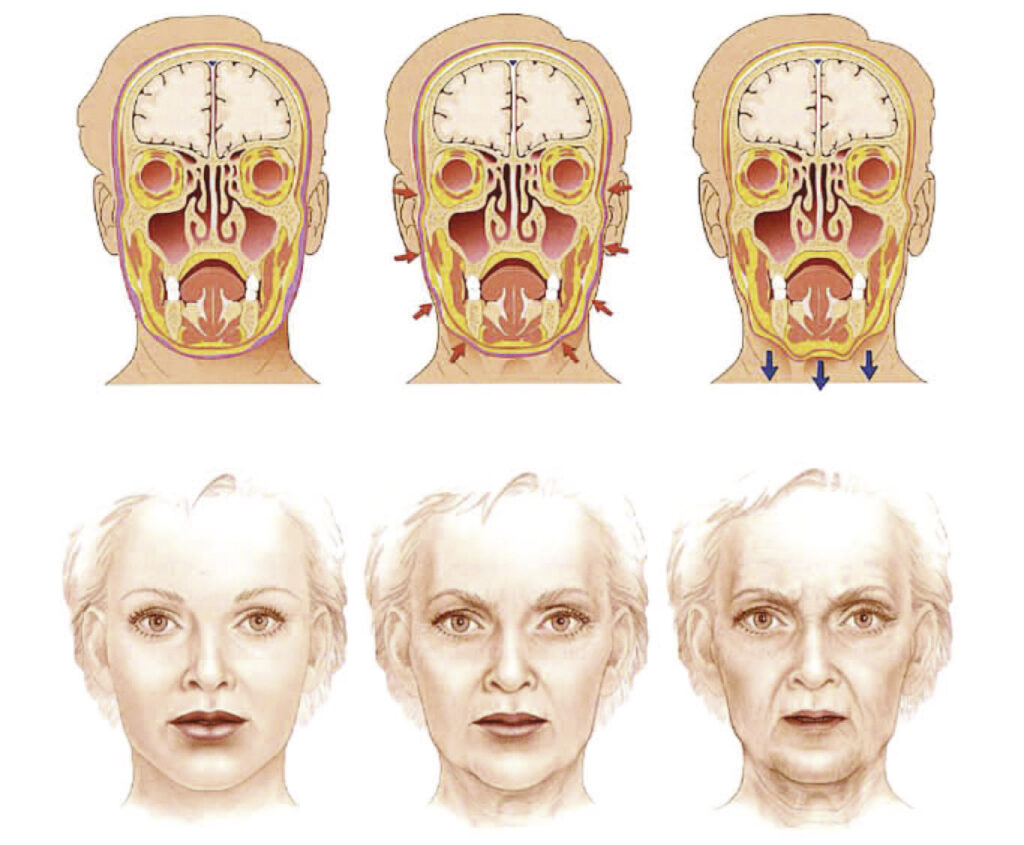
Figure 1 – Woman aging from left to right. Arrows illustrating the loss of facial fullness that occurs with age. (Source: Aesthetic Surgery Journal 2006)
Signs of Aging
As people age, they lose volume in their facial tissues and their skin becomes less elastic due to epidermal thinning and decreased collagen production. This loss of fat, combined with the effects of gravity and muscle movement, leads to the development of wrinkles and dynamic lines, and can also affect the bones of the face. (Windhager S, Mitteroecker P, Rupić I, et al., 2019, p.1).
Various signs of aging include:
Global:
- Textural skin changes,
- Skin thickness decrease
- A flatter face,
- Reduction in facial height,
- The defining arcs and convexities of youth are disrupted in higher age.
Upper third (forehead and brows):
- Loss of fullness underneath the skin in the forehead, brow, temple, and upper eyelid areas,
- The bony outline of the skull and supraorbital rims become more evident, as do the muscles of the brow,
- The temporal blood vessels assume an increasingly tortuous appearance,
- Loss of fullness in the upper eyelid,
- The eyebrow seemingly descending to a position at or below the superior orbital rim,
- Fixed wrinkles or folds
Middle third (midface):
- Smaller visible areas of the eyes;
- Deeper and broader orbit and double convex deformity of the lower eyelid;
- Darker coloration to the thin infraorbital skin, resulting in a tired eye appearance;
- Lid-cheek junction lengthening,
- Deeper nasolabial folds,
- Tip of the nose dropping
- Ear lobe lengthening
- The upper jaw decreases in size,
- In profile, the primary arc of the cheek is broken.
The lower third (chin, jawline, and neck):
- Lips are straight, thinner, drier and angular,
- Sagged soft tissue (“broken” jawline)/ bone resorption in the lower jaw, the height and length of the lower jaw decrease, the lower jaw angle increases, so the shape of the chin changes,
- A relative excess of the skin occurs in the aging lower face, leading to loss of definition of the jawline,
- Development of the characteristic jowled “turkey neck” deformity,
- The hyoid bone and larynx gradually descend.
(Windhager S, Mitteroecker P, Rupić I, et al., 2019, p.1)(Sydney R. Coleman, MD; Rajiv Grover, 2006, p. 4 ff.)(Windhager S, Mitteroecker P, Rupić I, et al., 2019, p.678)
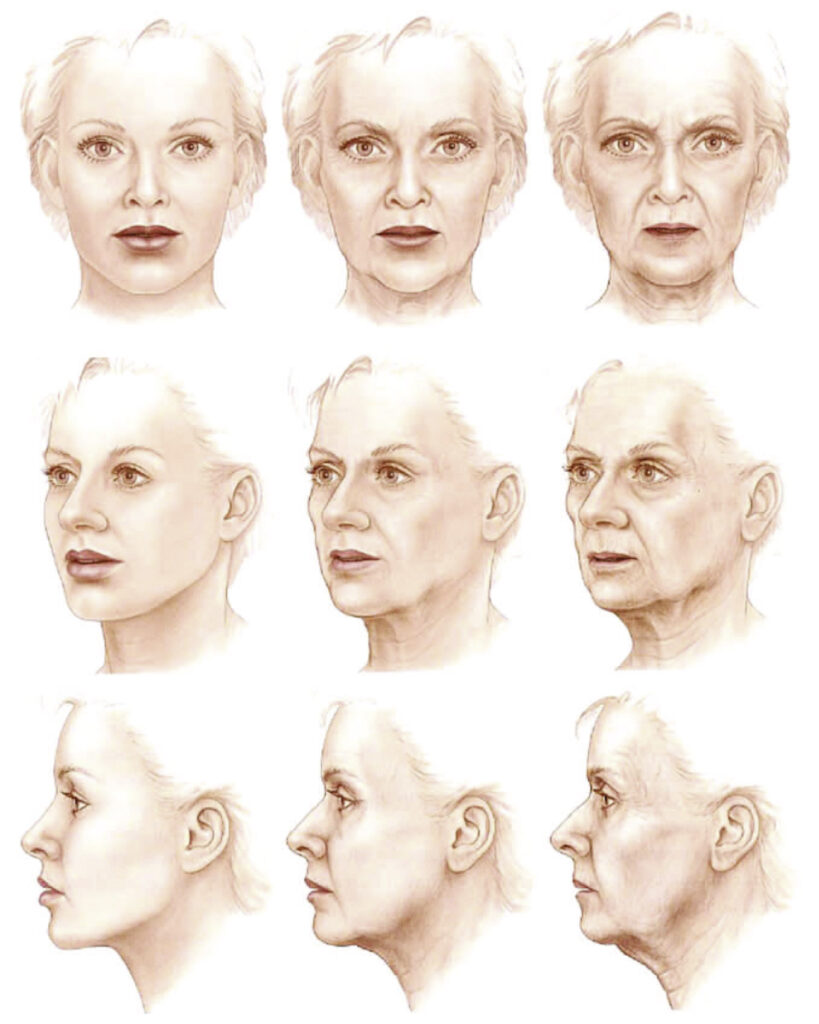
Figure 2: Aging of the female face, as represented by models representing an individual at ~20 years of age (left), ~50 years (center), and ~75 years (right). The first event of aging is the loss of facial volume. All the aspects mentioned above can be recognized (Source: Aesthetic Surgery Journal 2006)
Figure 3: Aging of the female face based on facial scans in different stages of age. (Source: American Journal of Physical Anthropology 2019)
How to improve image editing
To improve your image editing, study the reference images provided in this article and compare them closely. When retouching images of middle-aged or older models, use this information to create a natural-looking result that is appropriate for their age.
It is important to be aware of these signs and to use retouching techniques in a way that maintains a natural appearance, rather than attempting to make middle-aged or older models look like they are in their twenties.
Remember that the goal is not to eliminate all signs of aging, but to create a fresher, more youthful appearance while maintaining a sense of harmony and balance.
A little tip for better image editing at the end of this article: If the intention to reduce wrinkles, you should only reduce the small ones; the large ones are very important for facial expressions and anatomy.
Sources:
- Sydney R. Coleman, MD; Rajiv Grover (2006). The Anatomy of the Aging Face: Volume Loss and Changes in 3-Dimensional Topography. The American Society for Aesthetic Plastic Surgery, Inc. Aesthetic Surgery Journal (Volume 26, Number 1)
- Windhager S, Mitteroecker P, Rupić I, et al. (2019). Facial aging trajectories: A common shape pattern in male and female faces is disrupted after menopause. American Journal of Physical Anthropology.
- Zimbler MS, Kokoska MS, Thomas JR (2012). Anatomy and pathophysiology of facial aging. Facial Plastic Surgery Clinics of North America.
Now we have dealt a lot with the topic of aging to be able to edit model images better. If you want: Here you will find books on how you can do something good for yourself:
Do you have any suggestions, additions, is this post out of date, or have you found any mistakes? Then we look forward to your comment.
You are welcome to share this post. We are very grateful for every recommendation.
